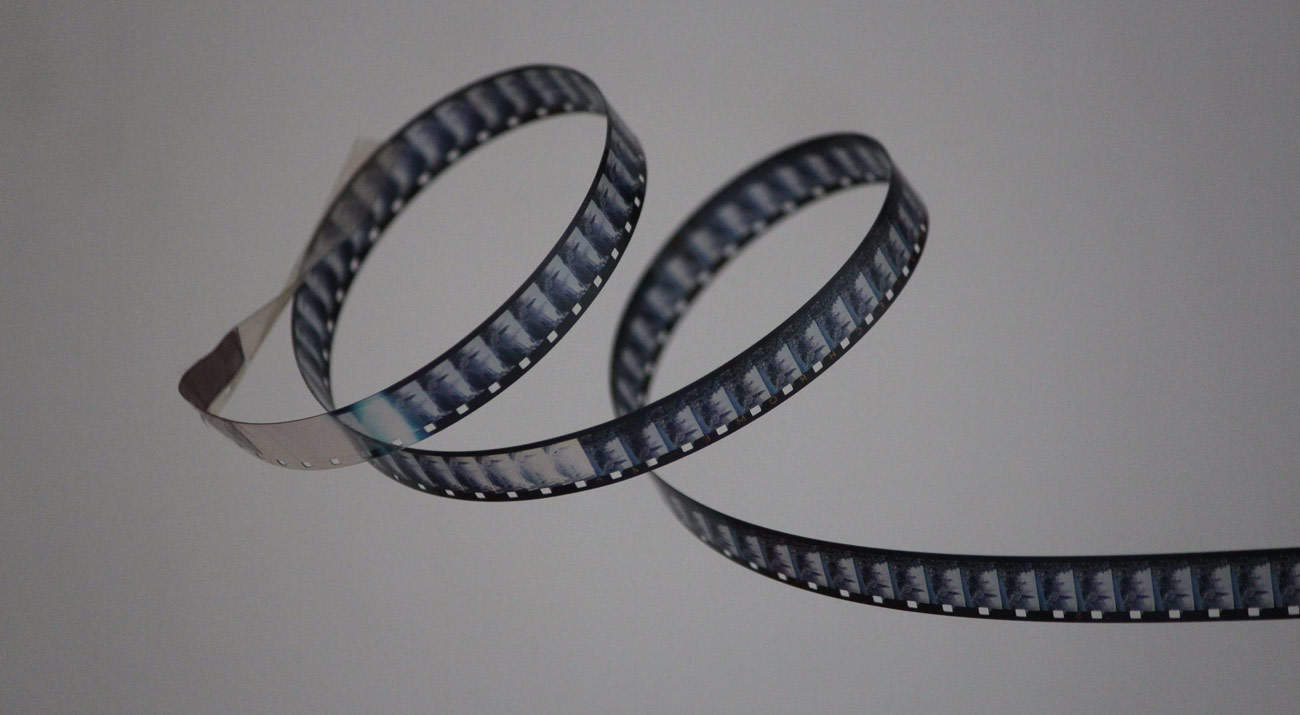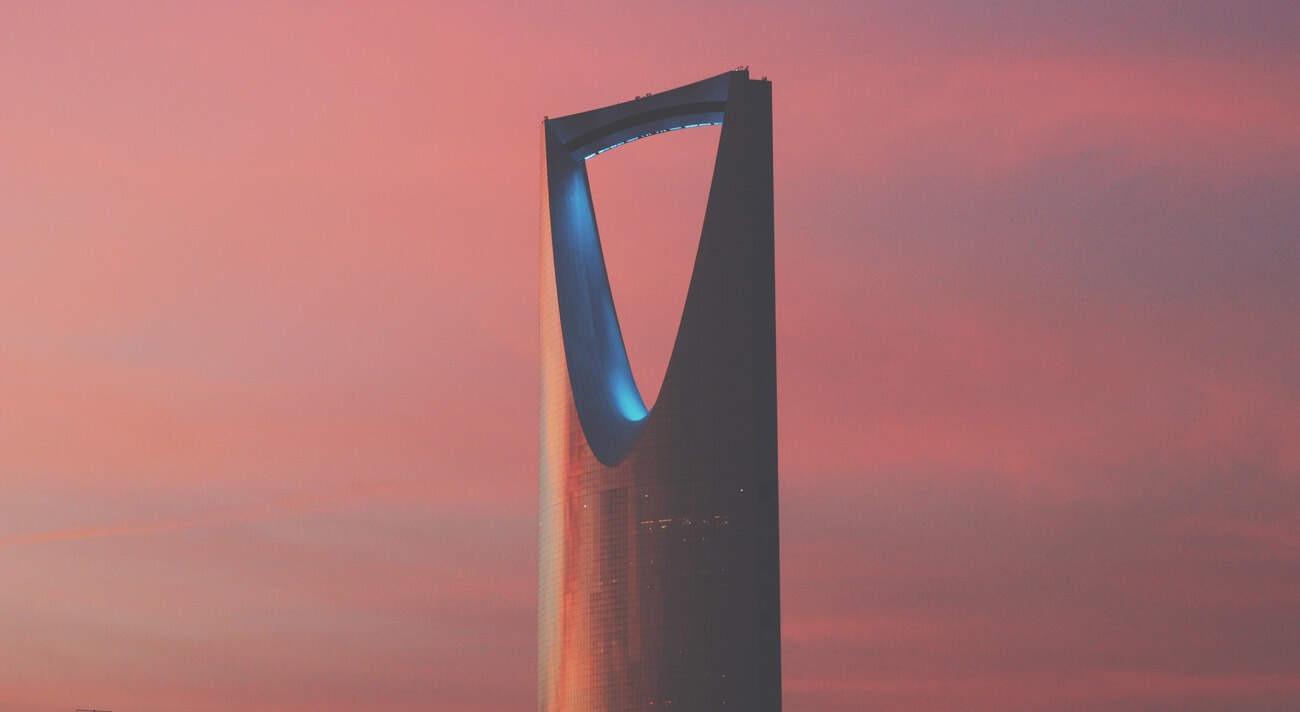Contxto – The 92nd Academy Awards are over. And while no doubt the actors and actresses are the stars of the ceremony, technology also has a role to play in the creation of these films that make us laugh, cry, or yell senselessly at a movie screen.
So today, I’d like to address two approaches in technology adopted by a duo of previous Oscar-winning filmmakers from Mexico. As in two of the “three amigos”: Guillermo del Toro and Alfonso Cuarón.
The Shape of Water
Master storyteller of monsters and fables, Guillermo del Toro fascinated us with a new take on the Creature from the Black Lagoon in his award-winning flick.
The challenge here was to develop a creature that for a lack of words, was as expressive and lovable as your average human being. To achieve this feat, the Mexican director teamed up with visual effects house, Mr. X.
Combining the director’s vision with the technical implications of it, led to a mix of prosthetics and computer-generated (CG) imagery. That’s to say traditional methods and tech.
Doug Jones, the actor who took on the role of the amphibian creature, donned a full-body prosthetic suit. Meanwhile, the pros at Mr. X added augmented digital effects.
Only for completely underwater scenes do they fully digitize him. For example, when he’s in the tank.
I for one am looking forward to the technical approaches this Tapatío director takes for his upcoming stop motion animated film, Pinocchio on Netflix. We’ll have to wait until 2021 for that one though.
Gravity
The first time I heard of Cuarón was for his directing role in Harry Potter and the Prisoner of Azkaban, though of course he already had quite a track record behind him. Since then he’s taken on other noteworthy projects; 2013’s Gravity being one of them.
The filmmaker from Mexico City had his own challenges with the zero-gravity environment that is outer space.
To capture how light bounces off of a character’s face as they spun out of control around in space, Mexican Director of Photography Emmanuel, “El Chivo,” Lubezki came up with an innovative solution: the Light Box.
This “box” consisted of 196 panels, each containing 4,096 light-emitting diodes (LEDs). Within were the actors and pieces of the set. These panels were then individually controlled by visual technicians via software. Blinding and claustrophobic as it sounds for Bullock and Clooney, the final visual effect is stunning.
Meanwhile, some parts of the film, such as the actors’ spacesuits were completely generated using computer modeling.
“I thought the film would be a lot simpler,” said Cuarón. “It was not until we started trying conventional techniques that I realized… we were going to have to create something entirely new… We wanted it to look like we took our camera into space.”
Mission accomplished, Cuarón.
Iñárritu, what of you?
As for the third “amigo” Alejandro González Iñárritu, you sneaky devil.
In an interview with The Guardian, the director was dodgy about the CGI-related specks behind making that unbelievably realistic bear. You know, the one that nearly killed Leonardo DiCaprio in The Revenant.
Maybe someday he’ll let the world know.
Or he’ll continue playing the “a magician never reveals his secret” card.
My bet is on the latter. They don’t call it “movie magic” for nothing.
Related articles: Tech and startups in Mexico!
-ML






